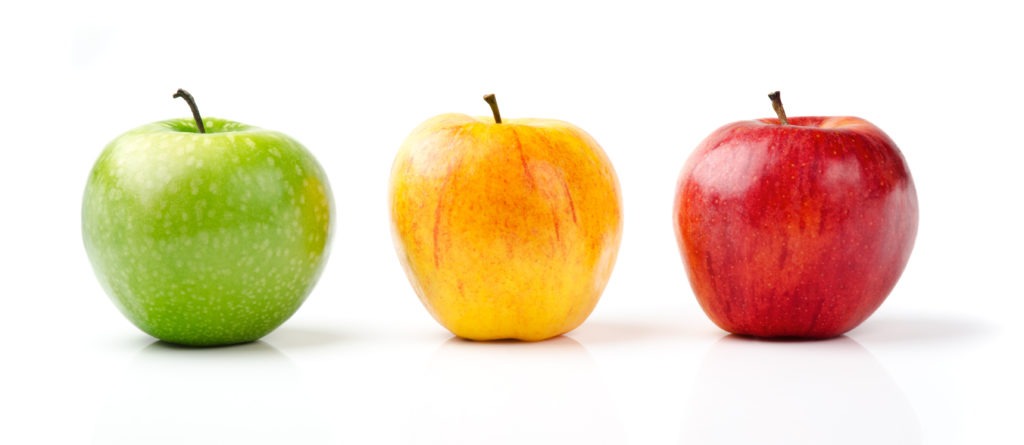
It’s hard to believe, but Steve Jobs passed away seven years ago this fall.
At the time, most tech and financial pundits predicted Apple’s demise – or at least, its erosion, despite the fact it has long been one of the most innovative tech companies in history. But despite a slow-growing Apple Watch, an even worse debut for HomePod, – Apple’s late entry in the smart speaker space – and many who believe the iPhone hasn’t been very exciting over the last several models, Apple continues to grow – its profits, its influence – and its stock price.
Since Jobs’ passing, Tim Cook and his team have taken the company straight up. And while the lines outside Apple Stores don’t resemble the crowds present for the early iPhone launches, the company continues to break its own records. And to that point, many financial analysts are picking Apple as a growth stock in 2019.
Apple is still the straw that stirs the media and entertainment drink. Their hardware, handsets, and technology have impacted broadcast radio in profound ways. So, the process of watching Apple – their moves, their innovations, their philosophies – should be on every radio manager’s radar screen.
Of late, there have been three fascinating Apple stories loaded with lessons for media and marketing pros.
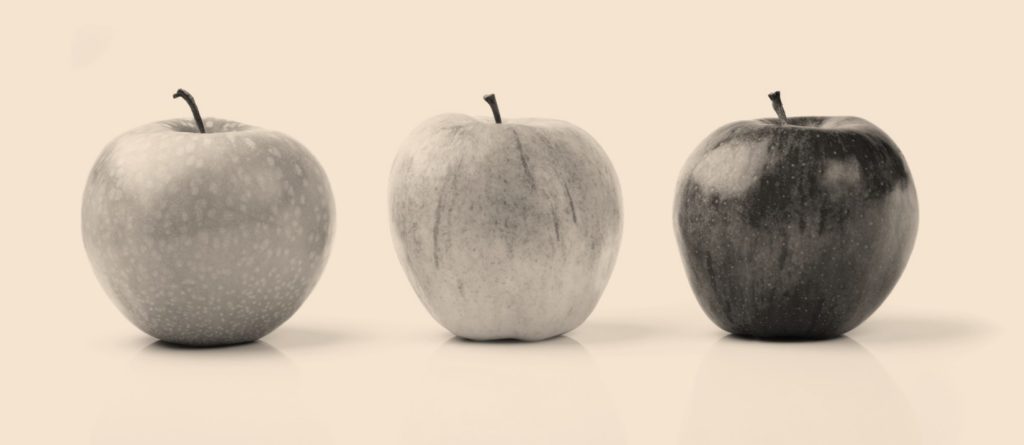
Apple Watch – A recent article in Tech Crunch by John Biggs claims that Apple’s smart watch, first on the market in 2015, would destroy the Swiss watch industry. More than three years later, Apple is on its fourth generation of Watch. And somehow, Switzerland is exporting more watches around the world than ever before.
Huh?
While it seems counter-intuitive, a theory is that Apple Watch lifted the entire category, making it cool to wear a timepiece on your wrist. As Biggs notes, the watch industry appears to have experienced a “halo effect,” thanks in large part to Apple’s entry in the space. Young people who had never worn a watch of any kind suddenly started buying watches and wearables of many kinds.
We’re seeing this in our Techsurveys, too. Note the upward growth arc for the category. While still only owned by one in ten respondents, Millennials are especially likely to own a smart watch:

We’ll be sure to track smart watch ownership when Techsurvey 2019 hits the field in January – another gadget that Apple is well on the way to popularizing.
What are sales projections for the new year?
9to5Mac reports on UBS projections that Apple Watch will grow a robust 40% year over year in 2019, selling more than 33 million units. They also think the Watch will contribute an impressive 5% of Apple’s total sales, also boosting revenue of AppleCare, as buyers rush to insure their new wearable investments.
At Jacobs Media, we have not seen concrete signs the smart watch sector is the real deal. But we’d be fools to count Apple out. We’ll be watching TS 2019’s results very closely, as well as scouting the category at CES this January.
The lesson of Apple’s Watch initiative speaks to the “Blue Ocean Strategy” we wrote about earlier this week – mapping out a whole new piece of technology that makes our lives better. And the other lesson is Apple’s commitment to this platform, even though sales of the first three iterations of Watch were far from spectacular.
Apple can afford to support a fledgling product and even a techie money pit. Their warehouses of cash and their other businesses more than make up for lackluster reactions to Watch since it first came to market.
2019 could be the year the Apple Watch breaks out.
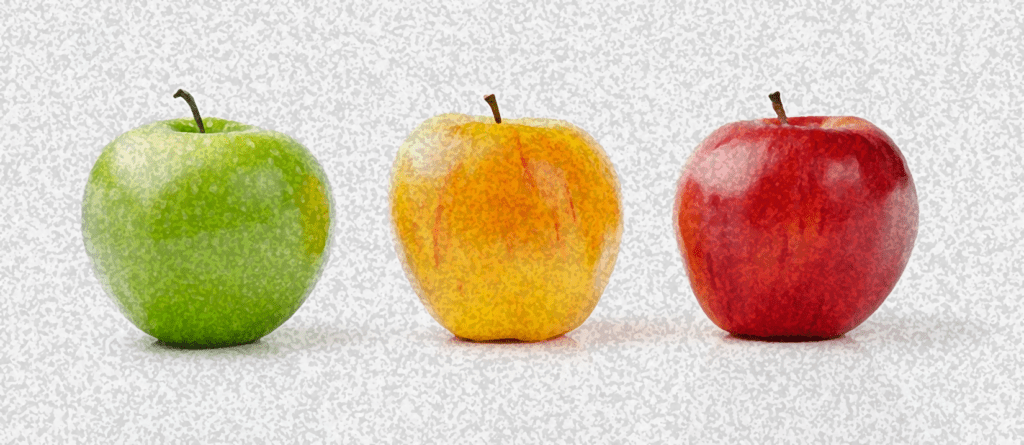
Apple News – Last weekend, the New York Times took its readers inside the “sausage factory” where news stories are selected that millions of consumers read every day. You may or may not know that Apple News is one of those native apps that lives on the desktops of every iPhone and iPad made.
Now you’d think that like other tech companies, Apple News editors would based their news story selection on a complex algorithm that would sync up with its customers’ news appetite.
But in a very “old school” journalism twist, Times reporter Jack Nicas writes that Apple News is curated by humans. People – not bots, formulas, or code. In fact, its editor-in-chief is journalist Laura Kern who comes to Cupertino from the well-respected New York Magazine.
Here’s her quote about why story selection by real people matters to the Apple News product: 
“We put so much care and thought into our curation. It’s seen by a lot of people and we take that responsibility really seriously.”
If you didn’t know better, that sounds a lot like a radio program director explaining why it’s essential that a human who knows music should be hand-picking the playlist and the clocks.
To Apple’s credit, they’ve hired bona fide journalists to run the platform, rather than letting engineers and IT experts control the content selection and flow. The team picks five stories that lead the app’s home page – by curating this content.
Interestingly, talk and sports radio stations often use algorithmic discovery products that inform producers about stories trending – even in their own markets. Apple News’ process suggests that programmers and producers ought to play a significant role in how topics and stories are chosen.
Apple is placing its chips on human curation – an important lesson that should not be lost on broadcast companies in their ongoing efforts to streamline systems and reap economies of scale.

Apple Screen Time – One of my big beefs with Apple is they launch a major software update, and most iPhone users have no clue about the new features under the hood.
In the case of the recently released iOS12, one of those hidden gems is a great feature called Screen Time. Yes, it’s designed to put users in closer touch with how much time they actually spend on their phones. As you can imagine if you haven’t experimented with this feature, it can be a real eye-opener.
You Techsurvey stakeholders know we’ve been asking about smartphone addiction for the past several years now. And as we’ve continued to learn, many people are in-touch with just how attached they are to their iPhones and Android phones.
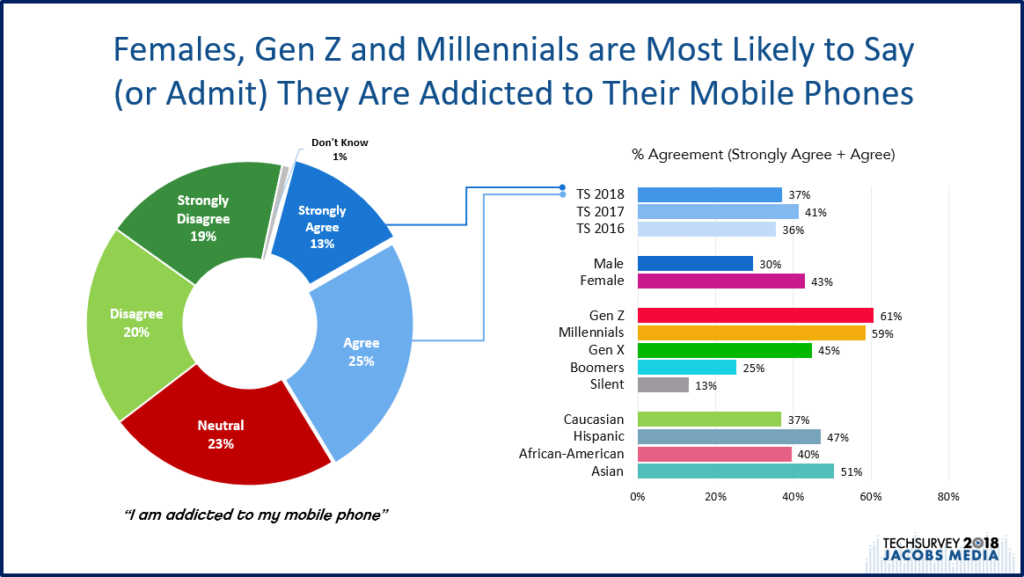
Well more than one-third of mobile phone owners agree they’re hooked on these devices. But it’s women and the younger generations most in-touch with their mobile demons.
Now, thanks to Apple, Screen Time breaks it all down for you. A how-to story in The Verge by Chris Welch explains how it works. It turns out Screen Time is rich in analytics – illustrating just how much time you’re spending on your phone, the apps you frequent most, as well as websites you visit.
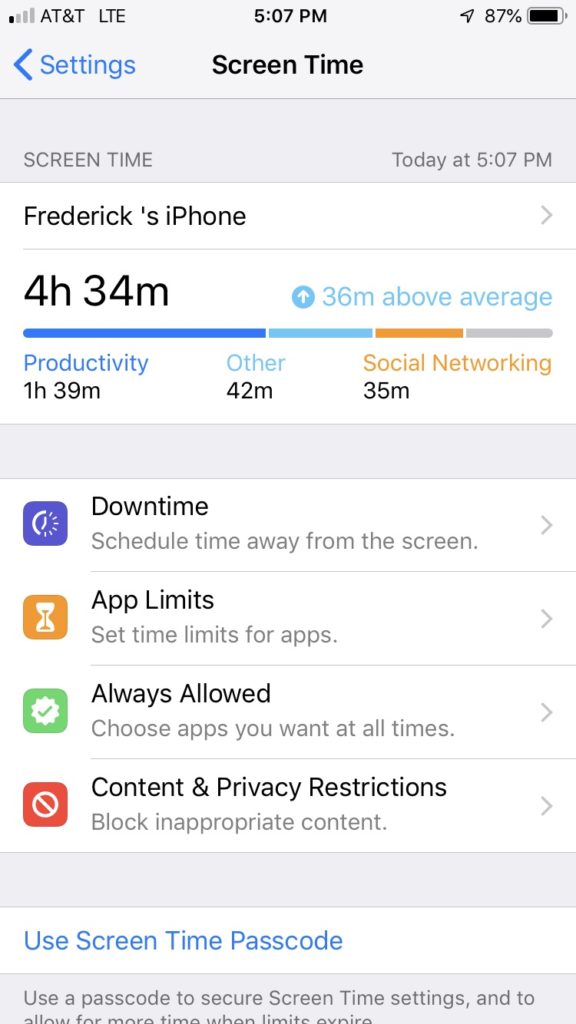 There’s even a metric called “Pickups” which literally illustrates the number of times you pick up your phone and interact with it. Screen Time also allows you to set limits on how much you use an app (like Facebook, for example). And it breaks down what it calls “Productivity” (email, text) versus “Social Networking.”
There’s even a metric called “Pickups” which literally illustrates the number of times you pick up your phone and interact with it. Screen Time also allows you to set limits on how much you use an app (like Facebook, for example). And it breaks down what it calls “Productivity” (email, text) versus “Social Networking.”
You could look at this feature and conclude it’s similar to those cancer warnings on the sides of cigarette packs. But this is like offering smokers a stick of Nicorette gum when they grab the pack. It’s novel, it’s bold, it’s transparent.
It’s a bit counter-intuitive and it’s very smart.
Perhaps by putting users more in-touch with their smartphone habits, Apple is reasoning you’ll continue to use the iPhone, but perhaps do it more responsibly or strategically than you do now. In much the same way Spotify can show you the music you’ve listened to or Facebook can display your embarrassing posts from year past, these analytics from the tech platforms and gadgets you frequent help you better understand the richness of your experience – or just how co-dependent you are.
For radio, stations can’t let its listeners know how often they tune in the broadcast signal, when they listen, or where they are. But with station apps, the ability to customize features and provide personalized experiences is something more and more of us will continue to look at on mobile phones. Whether it’s health info, working out results, or how much time you spend on your smartphone, consumers are more and more interested in tracking themselves.
Once again, Apple is proving it’s much more than just cell phones, laptops, tablets, and apps. It’s a bellwether company that sets the tone for what most others are will be doing and thinking. And as radio companies move headlong into the digital space, keeping tabs on Apple (and Google, Facebook, Amazon, and others) is something we should all be doing. That’s why we make the trek to CES every year.
You learn from the best.
Be a stakeholder in Techsurvey 2019 – details and registration info is here.
- What To Do If Your Radio Station Goes Through A Midlife Crisis - April 25, 2025
- A 2020 Lesson?It Could All Be Gone In A Flash - April 24, 2025
- How AI Can Give Radio Personalities More…PERSONALITY - April 23, 2025




Leave a Reply